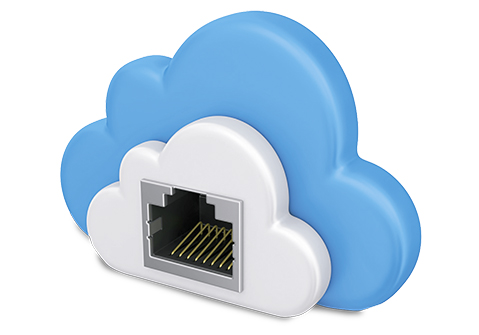Our telecom industry just loves acronyms, which roll off our tongues in steady streams as though a different language is being spoken. Take “SIP” for example. SIP has been around for over a decade, but the term is still an enigma among small business managers, despite the fact that SIP and other modes of business VoIP are approaching mass market adoption. Perhaps the main cause of the confusion is the fact that SIP is often given other names within the industry or maybe because it’s represented in unintelligible “techie” terms.
Hopefully I can briefly clarify the meaning and application of SIP and answer some of the most commonly asked questions.
Session Initiation Protocol (SIP) is the signaling format of Voice Over Internet Protocol (VoIP). SIP and VoIP are terms that are often used interchangeably, even though VoIP technically has a much broader application. SIP is a proven method for using an Internet connection for the purpose of voice transmission. The virtual paths over which SIP calls travel are most commonly called “SIP trunks” and “call paths.”
They’re also less formally referred to as “VoIP phone lines” or just “internet phone lines.” In the final analysis, they are economical alternatives to office phone lines and no more complicated to use than POTS…oh, that’s another telecom acronym that stands for “plain old telephone service.”
You don’t need to have an IP phone system (IP PBX) to install SIP. If you do have an IP PBX with a VoIP-ready interface though, you’re ready to go. If not, you can keep your existing phone system and still use SIP, in which case, your carrier can provide a network device that converts the SIP signal to standard digital or analog phone signal.
With InfoStructure’s SIP, you don’t need to obtain new phone numbers when converting from a non-VoIP application. Your existing phone numbers can be “ported” from one carrier to another. You can also order new numbers local to your area or “virtual numbers” – phone numbers with area codes and exchanges outside of your local area – whatever works best for your business.
A commonly asked question is about the size and type of internet connection needed to accommodate SIP. A reliable internet broadband connection is a prerequisite for any VoIP service, regardless of whether it’s DSL, wireless, Ethernet over copper, or fiber (all of which InfoStructure offers). The amount of bandwidth is definitely a consideration, and it depends upon your unique business needs for both voice and data.
We hope this helps to remove some of the mystery surrounding SIP.
At InfoStructure we know what it takes to leverage the most out of your business communication investment. With our InfoSIP trunking solution you have the flexibility of our national plan or local plan with free installation for either.
Visit our web site at www.infostructure.net then contact us at 541-312-6808 for a complete quote or help in determining what solution works best for you. Our administrative office hours are 8am-5pm Monday through Friday and our friendly, knowledgeable service team is waiting to take your call and answer your questions.





